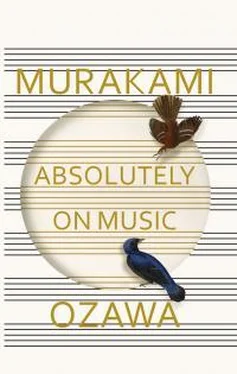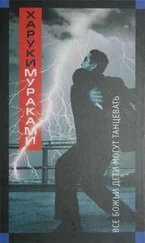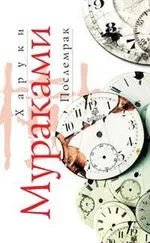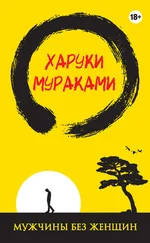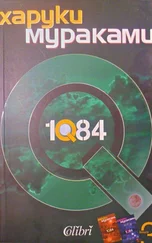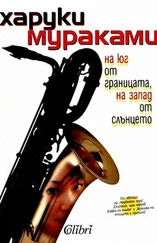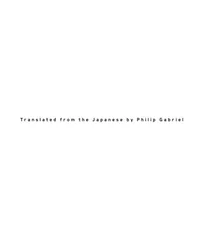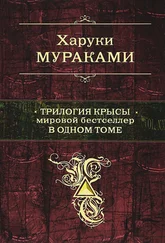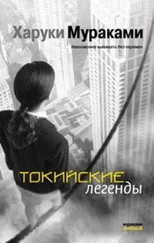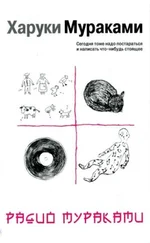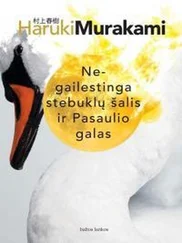MURAKAMI: You mean, like, doing the opposite of what you were taught when you were young?
OZAWA: Yes, in both my conducting and my teaching. I don’t approach either with preconceived ideas. I don’t prepare beforehand but decide on the spot when I see who I’m dealing with. I respond then and there when I see how they are handling things. Somebody like me could never write an instruction manual. I don’t have anything to say until I’ve got a musician right in front of me.
MURAKAMI: And then, depending on who that musician is, it changes what you say. It must be good for the students to have the two of you in combination: you, with your flexible approach, and Robert Mann, with his unwavering philosophy. I bet it works out very well.
OZAWA: Yes, I think so.
MURAKAMI: When did you begin to take an interest in training young people?
OZAWA: Hmm, let’s see, it was shortly after I went to Tanglewood, so it must have been around ten years after I signed on as music director of the Boston Symphony. People tried to get me to teach before that, but I wasn’t much interested in doing it. Just after I went to Boston, Professor Saito kept pressing me to teach at Toho Gakuen, but I turned him down again and again because, as I told him, I just didn’t like doing that kind of thing. Finally, though, I said okay, but right after I got started, Professor Saito died. Maybe that made me feel I had a responsibility to teach, because after he died I started doing it quite seriously and started guiding students at Tanglewood, too.
MURAKAMI: In conducting?
OZAWA: No, not in conducting. I was training the orchestra. And finally, at Tanglewood, too, I started teaching string quartets on the assumption that if you can’t do string quartets you can’t do anything. I wasn’t doing it as seriously as we do here, but it was pretty much the same sort of thing.
MURAKAMI: You know, I write novels, and producing my own work is just about all I do. Twice, though, I taught university classes. Once at Princeton and once at Tufts, I gave courses in Japanese literature, but preparing for classes and grading student papers took so much time and effort, I knew for sure it wasn’t for me. Working with young students was lots of fun and very stimulating, but it made it impossible for me as a practicing writer to do what I really wanted to do. Do you ever feel that way?
OZAWA: I certainly did at Tanglewood, and I hated it. I had a concert to give every week; teaching on top of that was a tremendous effort. It was the same when I started teaching at Matsumoto in addition to running the Saito Kinen Festival. So I moved the teaching to Okushiga, where I could concentrate on it as something quite separate from the conducting. Of course, that way, I have no break at all!
MURAKAMI: Yes, there goes your summer vacation.
OZAWA: Really. The Saito Kinen took most of it, and Okushiga finished it off. Oh, well, it’s for the teaching. It’s really too much, though, trying to teach in addition to being a full-time performer.
MURAKAMI: Are there other top professional conductors who do that?
OZAWA: I don’t know. Maybe not too many.
MURAKAMI: Pardon me for asking, but is the teaching something you do on a volunteer basis, without compensation?
OZAWA: As a rule, yes. The teaching staff are paid, but I usually work without compensation in both Switzerland and Okushiga. This year is a little different, though, following my illness. I’m not conducting, and I’m here in Switzerland just for this, so for the very first time I’m collecting a salary.
MURAKAMI: Ordinarily, the teaching is its own reward, I suppose. Your teaching method, though, is totally different from what you received from Professor Saito, isn’t it? And the teachers here at Rolle: they all approach their instruction calmly, without raising their voices.
OZAWA: No, they do raise their voices sometimes. At one rehearsal, Sadao Harada really yelled at a student, and everybody froze and the place went absolutely silent. These things happen once in a while. Professor Saito used to yell at us constantly, though. [ Laughter. ]
MURAKAMI: You’ve got nothing but the most elite students here, people who are used to being number one in their class. I would think you get a few who don’t follow orders all that willingly.
OZAWA: Yes, of course, we have some of those. Which is why we have to have very capable instructors. We’re teaching some very confident individuals.
MURAKAMI: Of course they have to be strongly competitive, or they can’t make it as professional musicians.
OZAWA: That’s true.
MURAKAMI: It must be quite a job to divide them up into six or seven groups and assign each unit a piece of music to work on.
OZAWA: Sadao Harada does all of that himself. It’s a huge job. I used to help a little, but it’s too much for me. I leave it entirely up to him. I mean, after all, he is a chamber-music specialist.
MURAKAMI: You weren’t able to participate in this program last year after your surgery, but do you think that had some impact on the academy?
OZAWA: I was sorry to miss it, but the young conductor Kazuki Yamada took over for me to some extent, and as I said before, there were several ways in which my absence paradoxically had a good effect on the program. I suspect that the shock of my not being present made both the instructors and the students more determined to stand on their own and take more responsibility for making the academy a success. That’s why this year we’ve got several units who weren’t satisfied to be given assignments but instead made their wishes known to work on particular pieces—the Beethoven, the Janáček, the Ravel. I think that’s a very good thing rather than leaving the decision up to the instructor.
MURAKAMI: The Ravel group was especially interesting, with two members from Poland, one from Russia, and only one French musician, the viola player. I asked Agata, the violinist, why such a group had made a point of choosing a work by a French composer. She said, “I wanted the challenge. I didn’t want to do Szymanowski just because I happen to be Polish but rather to try someone so utterly French, like Ravel.”
OZAWA: Oh, so that’s what she was thinking! That was something that only you could get away with asking her. If one of us had tried, we never would have gotten such an honest answer. You’re an outsider, not one of the teachers, so she opened up to you, I’m sure.
MURAKAMI: That group did a truly beautiful job of producing the Ravel sound. I was so impressed, I just let the question pop out.
OZAWA: No, I never could have asked her that, and she never would have given me such a straightforward answer.
MURAKAMI: But it’s a good thing, isn’t it, for such a desire to come out in the open? It means they’ve gone up a level in ability.
OZAWA: You know, teaching like this is not my true profession. Even now, after running such programs here and in Okushiga for some fifteen years, I’m still just groping my way forward. We’ve been rehearsing here now every day, but still there’s no single way to teach. You make it up as you go along; you figure out, in each case, how to best explain what you are thinking to the students. But you know, that’s good for us, too. That way, we can get back to basics.
MURAKAMI: So even world-class professionals like you can learn from teaching.
OZAWA: We can definitely learn from teaching. But tell me honestly, what do you think? Watching what we do here, do you think it has any meaning?
MURAKAMI: Yes, I think it’s very important and meaningful. A diverse group of young performers from all over the world come together to learn important things from active, first-class veteran musicians. You help them to go on stage to perform, collectively, before an audience, and then they go back in all directions to their home countries. I have found it moving to think that many wonderful performers of the future will have come through this program. I also found myself imagining them congregating for a kind of reunion someday, spontaneously forming a “superorchestra” like the Saito Kinen, a magnificent performing body free of nationality or politics.
Читать дальше
